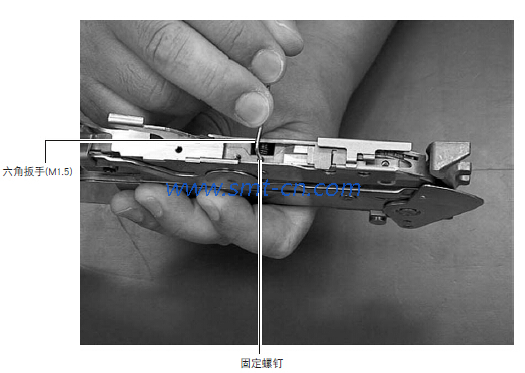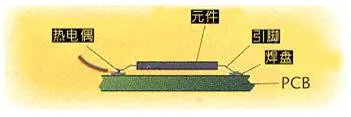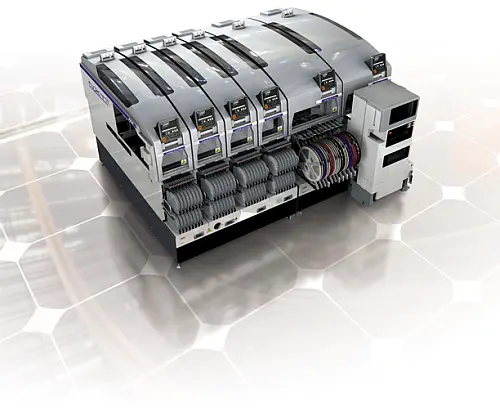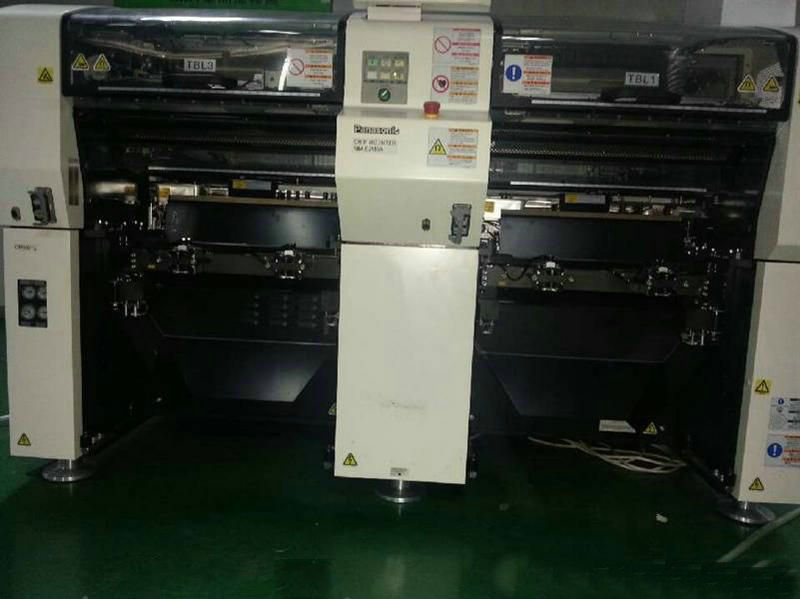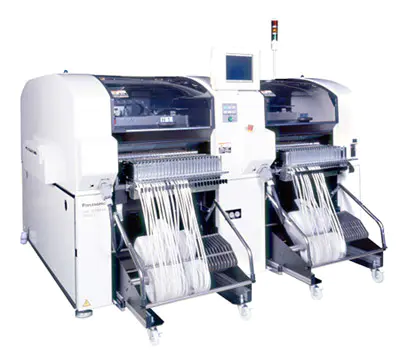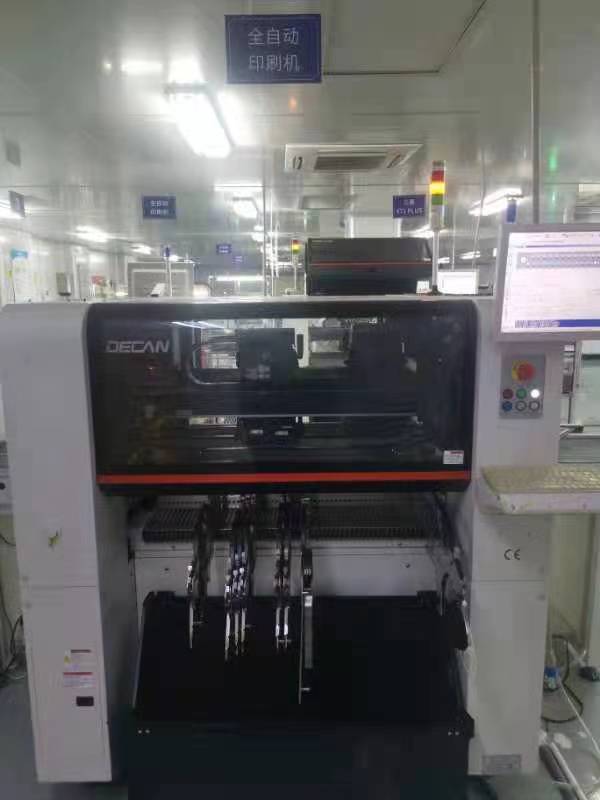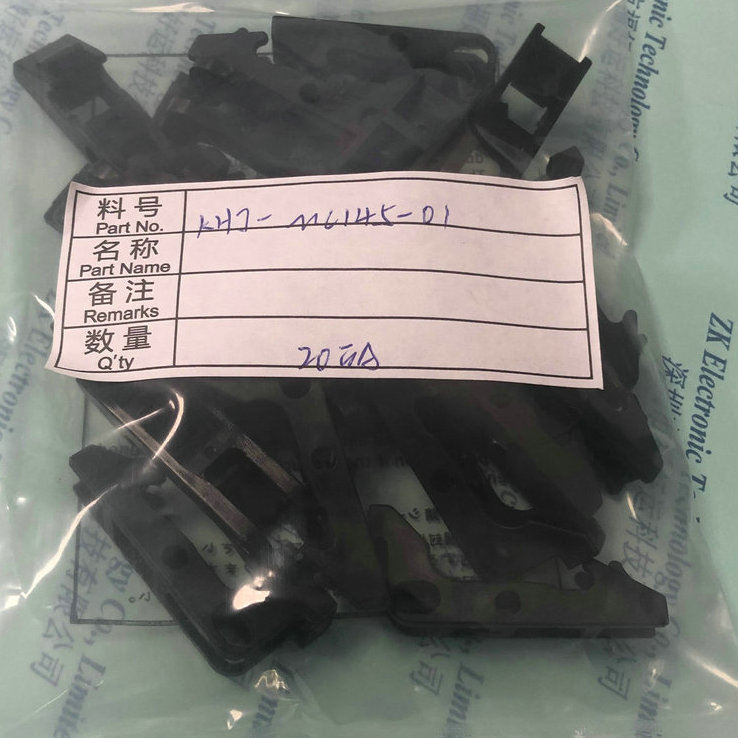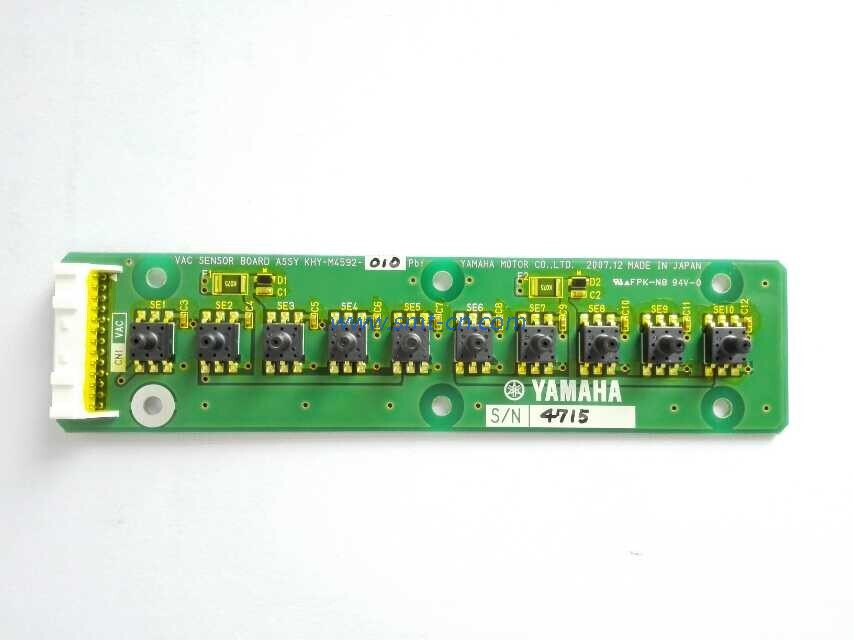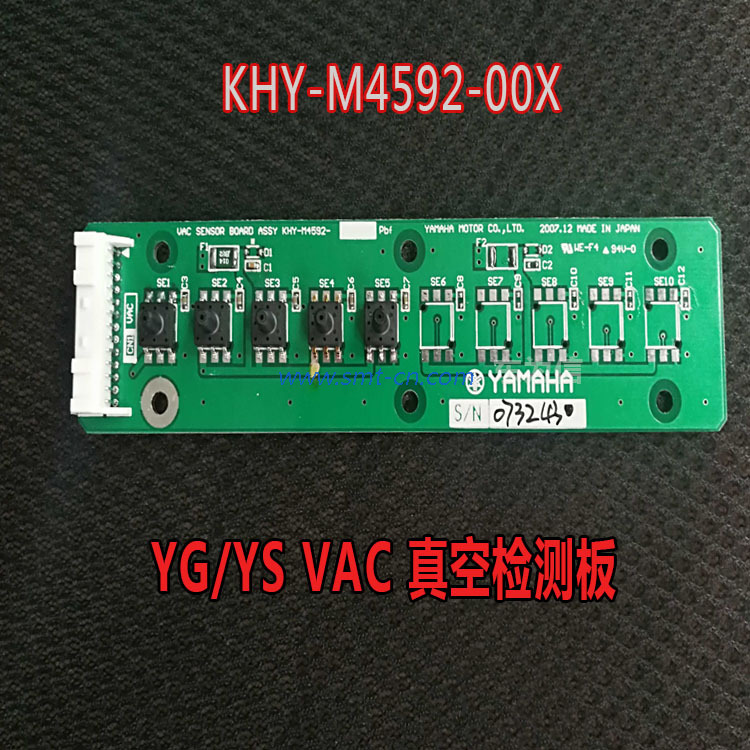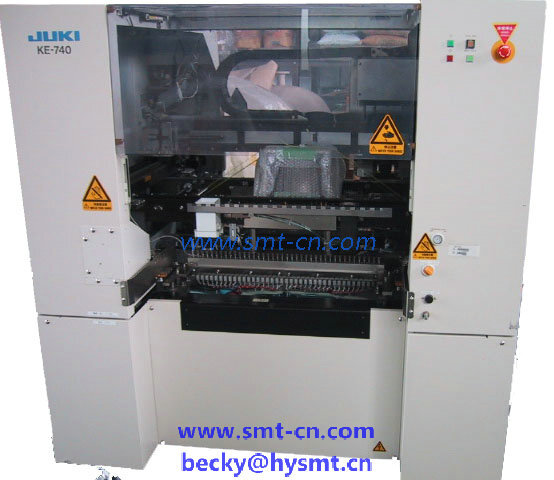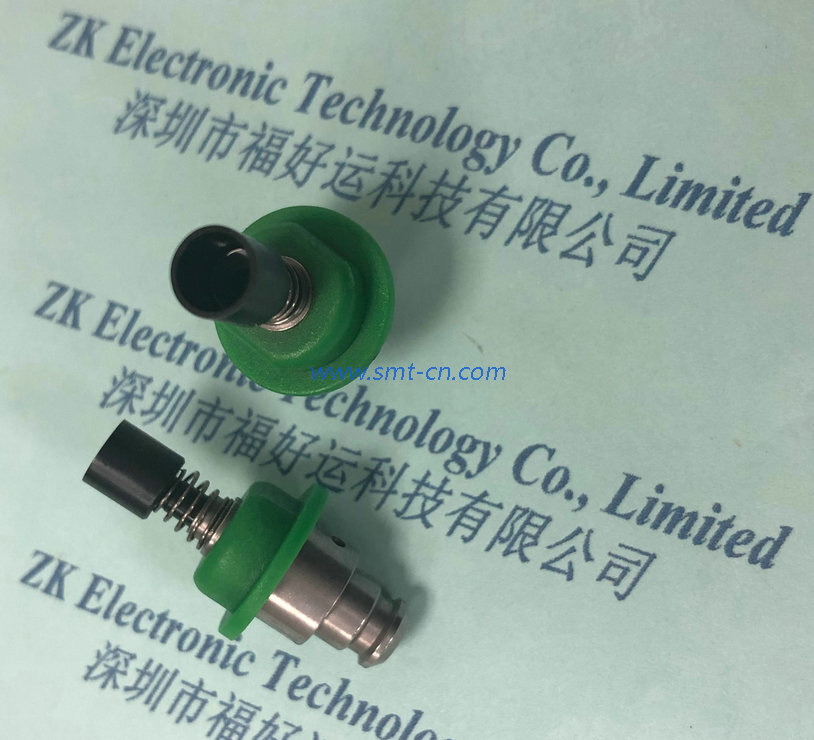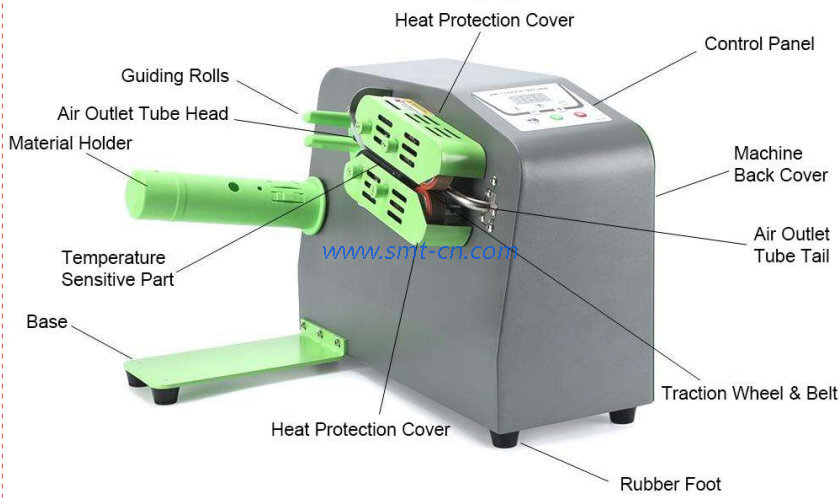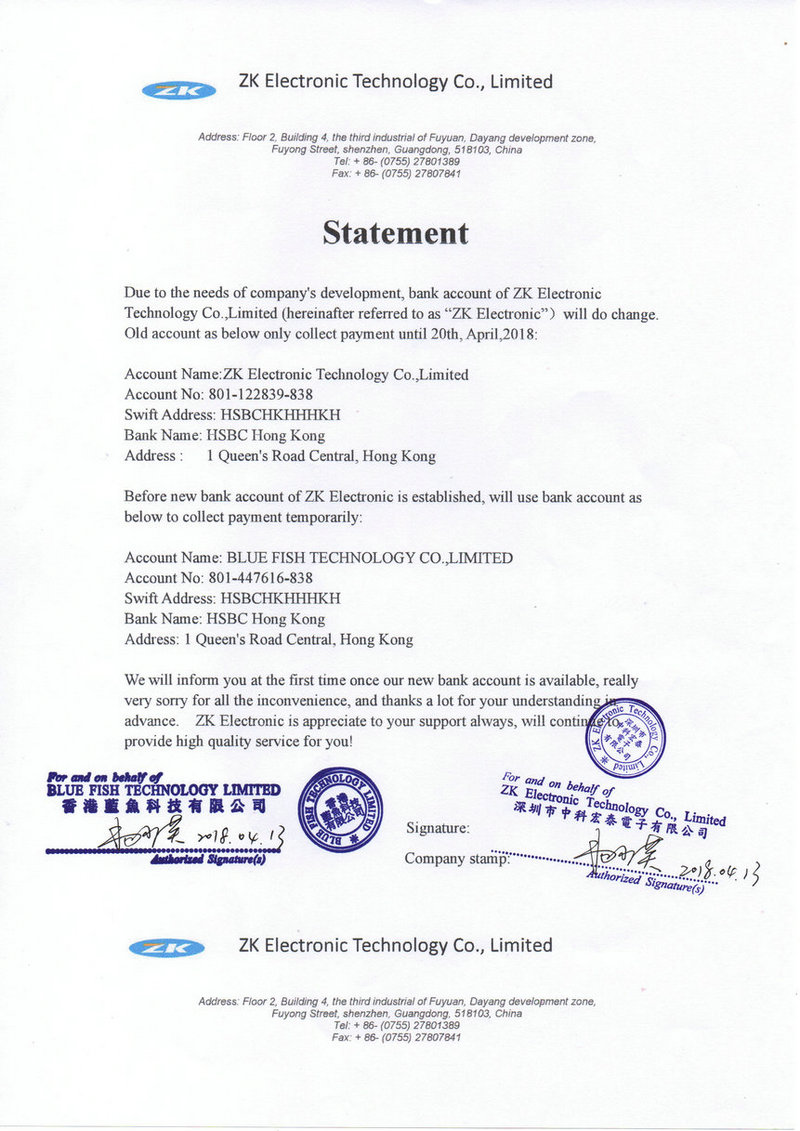NEWS
SMT Basics (2)
- Categories:Industry News
- Author:Becky Su
- Origin:
- Time of issue:2023-01-03 16:10
- Views:
(Summary description)SMT Basics I. Introduction to the traditional process The traditional perforated electronic assembly process is to insert the pins of the component into the PCB guide holes after fixing, using the wave soldering (WaveSoldering) process, as shown in Figure 1, after flux coating, preheating, solder coating, inspection and cleaning steps to complete the entire welding process. Introduction to Surface Bonding Technology As products in the electronics industry continue to be designed to be shorter and lighter with time and trends, the size and weight of various components are becoming smaller and smaller, and their functional density is also relatively higher in order to meet the trend of the times and customer needs. The main feature is that it can be used as a space-saving alternative to the traditional dip-solder assembly (DualIn Line Package; DIP). The surface mount assembly process consists of the following main steps: solder paste printing, component placement and reflow soldering. The steps are outlined below. StencilPrinting: Solder paste is the material used to connect the surface bonded components to the PCB. After the steel plate is etched or laser cut, the squeegee of the printing machine prints the paste onto the PCB pad through the holes in the steel plate in order to proceed to the next step. ComponentPlacement: Component placement is the key technology and focus of the entire SMT process, which uses highly sophisticated automated placement equipment, programmed by computer, to accurately place surface-adhesive components onto the solder pads of the printed PCB. As the design of surface mount assemblies becomes more sophisticated, the pitch of the pins becomes smaller and the technical level of the placement process becomes more and more difficult. ReflowSoldering: Reflow soldering is the process of placing the PCB with surface adhered components, preheating it in a reflow oven to activate the flux, then raising the temperature to 183°C to melt the solder paste and connect the component pins to the PCB pad, then cooling it down to cure the solder, which completes the bonding of the surface adhered components to the PCB. III. Explanation of SMT common names SMT : surface mounted technology: an assembly technology in which surface-mounted components are directly mounted and soldered to the surface of a printed circuit board at specified locations. SMD : surface mounted devices: rectangular shaped, cylindrical or heterogeneous electronic components with solder ends or pins made in the same plane and suitable for surface adhesion. Reflow soldering: The mechanical and electrical connection between the terminals or pins of a surface-adhesive component and a printed circuit board solder pad by remelting a paste that has been pre-assigned to the pad. Chip : rectangular chip component (rectangular chip component): a surface-adhesive component with no leads at both ends, with solder ends, and a thin rectangular shape. SOP : small outline package (small outline package): a small moulded plastic package with short wing or J-shaped pins on both sides, a surface assembly component. QFP : quad flat pack: a plastic package with short wing-shaped pins on all four sides, with a pin pitch of 1.00, 0.80, 0.65, 0.50, 0.40, 0.30mm, etc. for thin surface assembled collective circuits. BGA: Ball grid array: a form of packaging for integrated circuits in which the input and output points are tin balls arranged in a grid pattern on the bottom surface of the assembly. IV. Assembly packaging methods. Magazine/stick (shipping tube) - the main component container: the magazine/stick consists of a transparent or translucent polyethylene (PVC) material extruded into a standard form that meets current industry standards for application. The dimensions of the strips provide the appropriate positioning and orientation of the components for industry standard automatic assembly equipment. The strips are packaged and shipped in individual strip quantity combinations. Trays (trays) - the main component container: trays are made of toner or fibre materials, which are selected based on the *high* temperature rate of the special trays. Trays designed for components that require exposure to high temperatures (moisture sensitive components) have a temperature resistance of typically 150°C or higher. The trays are moulded into a rectangular standard profile and contain a uniform matrix of interlocking cavities. The cavities hold the components and provide protection for the components during transport and handling. The spacing provides accurate component positioning for standard industrial automated assembly equipment used for placement in the circuit board assembly process. The pallets are packed and transported as a combination of individual pallets which are then stacked and bundled together with some rigidity. An empty-covered pallet is placed on top of the assembled compone
SMT Basics (2)
(Summary description)SMT Basics
I. Introduction to the traditional process
The traditional perforated electronic assembly process is to insert the pins of the component into the PCB guide holes after fixing, using the wave soldering (WaveSoldering) process, as shown in Figure 1, after flux coating, preheating, solder coating, inspection and cleaning steps to complete the entire welding process.
Introduction to Surface Bonding Technology
As products in the electronics industry continue to be designed to be shorter and lighter with time and trends, the size and weight of various components are becoming smaller and smaller, and their functional density is also relatively higher in order to meet the trend of the times and customer needs. The main feature is that it can be used as a space-saving alternative to the traditional dip-solder assembly (DualIn Line Package; DIP).
The surface mount assembly process consists of the following main steps: solder paste printing, component placement and reflow soldering.
The steps are outlined below.
StencilPrinting: Solder paste is the material used to connect the surface bonded components to the PCB. After the steel plate is etched or laser cut, the squeegee of the printing machine prints the paste onto the PCB pad through the holes in the steel plate in order to proceed to the next step.
ComponentPlacement: Component placement is the key technology and focus of the entire SMT process, which uses highly sophisticated automated placement equipment, programmed by computer, to accurately place surface-adhesive components onto the solder pads of the printed PCB. As the design of surface mount assemblies becomes more sophisticated, the pitch of the pins becomes smaller and the technical level of the placement process becomes more and more difficult.
ReflowSoldering: Reflow soldering is the process of placing the PCB with surface adhered components, preheating it in a reflow oven to activate the flux, then raising the temperature to 183°C to melt the solder paste and connect the component pins to the PCB pad, then cooling it down to cure the solder, which completes the bonding of the surface adhered components to the PCB.
III. Explanation of SMT common names
SMT : surface mounted technology: an assembly technology in which surface-mounted components are directly mounted and soldered to the surface of a printed circuit board at specified locations.
SMD : surface mounted devices: rectangular shaped, cylindrical or heterogeneous electronic components with solder ends or pins made in the same plane and suitable for surface adhesion.
Reflow soldering: The mechanical and electrical connection between the terminals or pins of a surface-adhesive component and a printed circuit board solder pad by remelting a paste that has been pre-assigned to the pad.
Chip : rectangular chip component (rectangular chip component): a surface-adhesive component with no leads at both ends, with solder ends, and a thin rectangular shape.
SOP : small outline package (small outline package): a small moulded plastic package with short wing or J-shaped pins on both sides, a surface assembly component.
QFP : quad flat pack: a plastic package with short wing-shaped pins on all four sides, with a pin pitch of 1.00, 0.80, 0.65, 0.50, 0.40, 0.30mm, etc. for thin surface assembled collective circuits.
BGA: Ball grid array: a form of packaging for integrated circuits in which the input and output points are tin balls arranged in a grid pattern on the bottom surface of the assembly.
IV. Assembly packaging methods.
Magazine/stick (shipping tube) - the main component container: the magazine/stick consists of a transparent or translucent polyethylene (PVC) material extruded into a standard form that meets current industry standards for application. The dimensions of the strips provide the appropriate positioning and orientation of the components for industry standard automatic assembly equipment. The strips are packaged and shipped in individual strip quantity combinations.
Trays (trays) - the main component container: trays are made of toner or fibre materials, which are selected based on the *high* temperature rate of the special trays. Trays designed for components that require exposure to high temperatures (moisture sensitive components) have a temperature resistance of typically 150°C or higher. The trays are moulded into a rectangular standard profile and contain a uniform matrix of interlocking cavities. The cavities hold the components and provide protection for the components during transport and handling. The spacing provides accurate component positioning for standard industrial automated assembly equipment used for placement in the circuit board assembly process. The pallets are packed and transported as a combination of individual pallets which are then stacked and bundled together with some rigidity. An empty-covered pallet is placed on top of the assembled compone
- Categories:Industry News
- Author:Becky Su
- Origin:
- Time of issue:2023-01-03 16:10
- Views:
SMT Basics
I. Introduction to the traditional process
The traditional perforated electronic assembly process is to insert the pins of the component into the PCB guide holes after fixing, using the wave soldering (WaveSoldering) process, as shown in Figure 1, after flux coating, preheating, solder coating, inspection and cleaning steps to complete the entire welding process.
Introduction to Surface Bonding Technology
As products in the electronics industry continue to be designed to be shorter and lighter with time and trends, the size and weight of various components are becoming smaller and smaller, and their functional density is also relatively higher in order to meet the trend of the times and customer needs. The main feature is that it can be used as a space-saving alternative to the traditional dip-solder assembly (DualIn Line Package; DIP).
The surface mount assembly process consists of the following main steps: solder paste printing, component placement and reflow soldering.
The steps are outlined below.
StencilPrinting: Solder paste is the material used to connect the surface bonded components to the PCB. After the steel plate is etched or laser cut, the squeegee of the printing machine prints the paste onto the PCB pad through the holes in the steel plate in order to proceed to the next step.
ComponentPlacement: Component placement is the key technology and focus of the entire SMT process, which uses highly sophisticated automated placement equipment, programmed by computer, to accurately place surface-adhesive components onto the solder pads of the printed PCB. As the design of surface mount assemblies becomes more sophisticated, the pitch of the pins becomes smaller and the technical level of the placement process becomes more and more difficult.
ReflowSoldering: Reflow soldering is the process of placing the PCB with surface adhered components, preheating it in a reflow oven to activate the flux, then raising the temperature to 183°C to melt the solder paste and connect the component pins to the PCB pad, then cooling it down to cure the solder, which completes the bonding of the surface adhered components to the PCB.
III. Explanation of SMT common names
SMT : surface mounted technology: an assembly technology in which surface-mounted components are directly mounted and soldered to the surface of a printed circuit board at specified locations.
SMD : surface mounted devices: rectangular shaped, cylindrical or heterogeneous electronic components with solder ends or pins made in the same plane and suitable for surface adhesion.
Reflow soldering: The mechanical and electrical connection between the terminals or pins of a surface-adhesive component and a printed circuit board solder pad by remelting a paste that has been pre-assigned to the pad.
Chip : rectangular chip component (rectangular chip component): a surface-adhesive component with no leads at both ends, with solder ends, and a thin rectangular shape.
SOP : small outline package (small outline package): a small moulded plastic package with short wing or J-shaped pins on both sides, a surface assembly component.
QFP : quad flat pack: a plastic package with short wing-shaped pins on all four sides, with a pin pitch of 1.00, 0.80, 0.65, 0.50, 0.40, 0.30mm, etc. for thin surface assembled collective circuits.
BGA: Ball grid array: a form of packaging for integrated circuits in which the input and output points are tin balls arranged in a grid pattern on the bottom surface of the assembly.
IV. Assembly packaging methods.
Magazine/stick (shipping tube) - the main component container: the magazine/stick consists of a transparent or translucent polyethylene (PVC) material extruded into a standard form that meets current industry standards for application. The dimensions of the strips provide the appropriate positioning and orientation of the components for industry standard automatic assembly equipment. The strips are packaged and shipped in individual strip quantity combinations.
Trays (trays) - the main component container: trays are made of toner or fibre materials, which are selected based on the *high* temperature rate of the special trays. Trays designed for components that require exposure to high temperatures (moisture sensitive components) have a temperature resistance of typically 150°C or higher. The trays are moulded into a rectangular standard profile and contain a uniform matrix of interlocking cavities. The cavities hold the components and provide protection for the components during transport and handling. The spacing provides accurate component positioning for standard industrial automated assembly equipment used for placement in the circuit board assembly process. The pallets are packed and transported as a combination of individual pallets which are then stacked and bundled together with some rigidity. An empty-covered pallet is placed on top of the assembled components and stacked together.
Tape-and-reel - the main component container: typical tape-and-reel constructions are designed to meet modern industrial standards. There are two generally accepted standards for covering tape-and-reel packaging structures; EIA-481 for embossed structures and EIA-468 for radial leaded components. By far the most popular structure for active ICs is the embossedtape.
Related News
CONTACT US
Hotline:(0086)755-27801389
Mobile: (0086)15323874439
Sale No.1: becky@hysmt.cn
Sale No.2: fhysmt@hysmt.cn
Sale No.3: zksale@hysmt.cn
Sale No.4: sale@hysmt.cn
Sale No.5: elsey@hysmt.cn
GIVE ME A MESSAGE
Copyright: ZK Electronic Technology Co., Ltd 粤ICP备11054297号 Powered by www.300.cn


